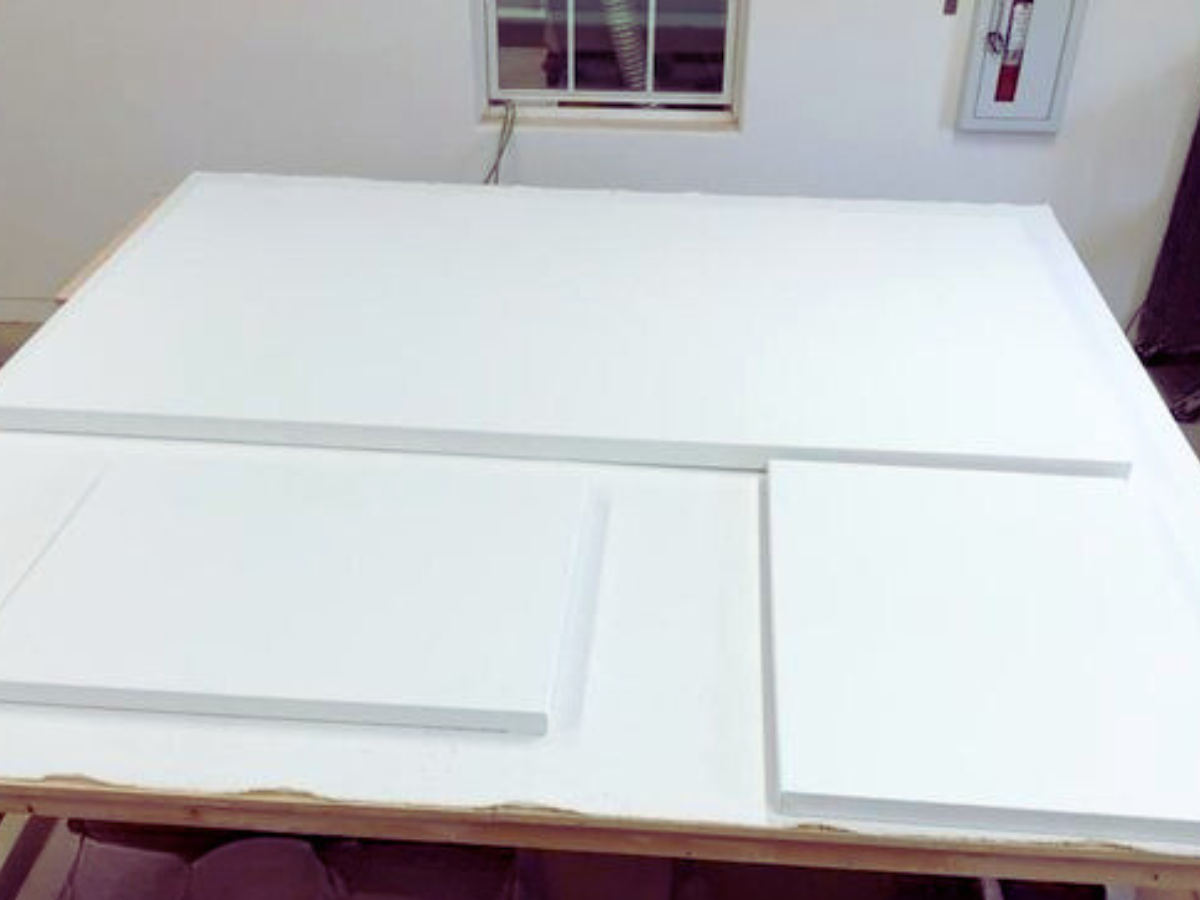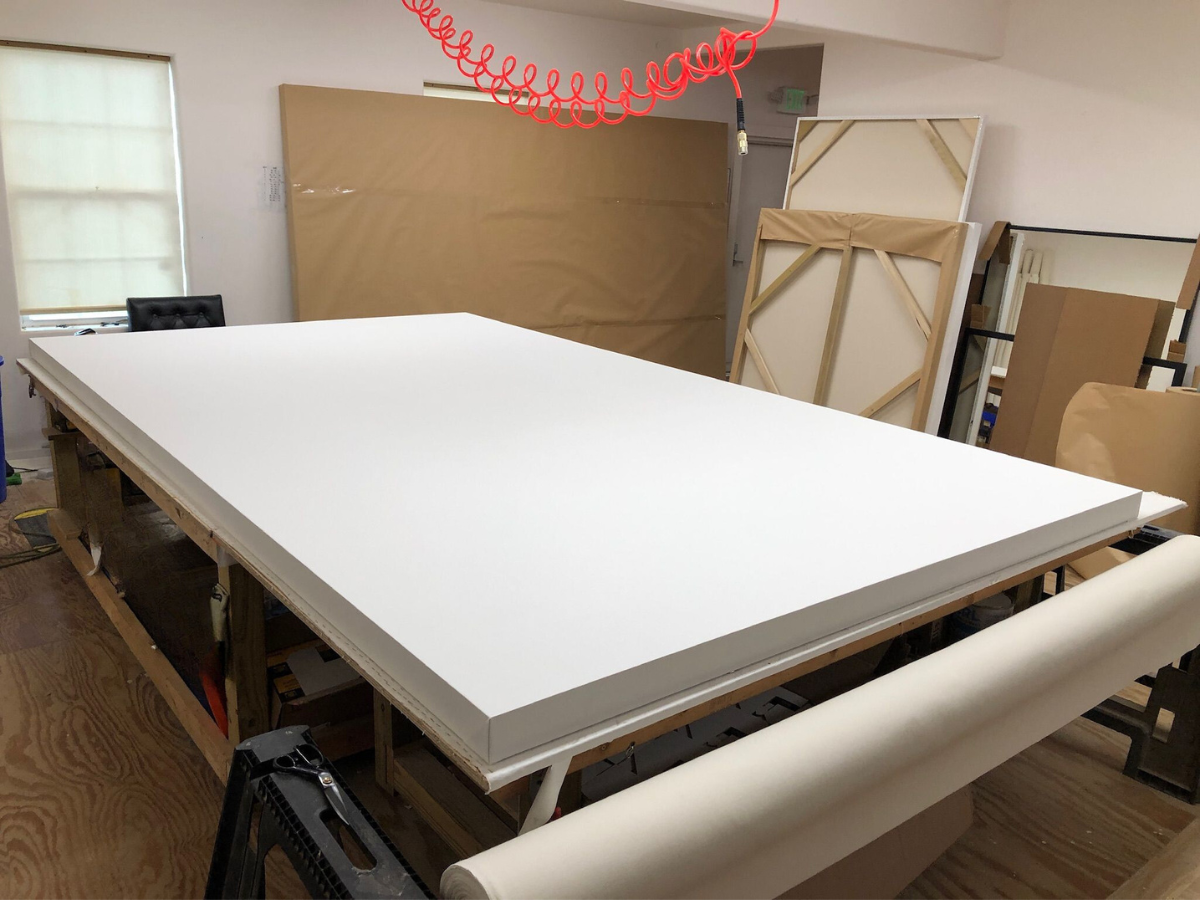
Understanding Canvas Types for Oil, Acrylic, and Mixed Media Art
When embarking on a new painting project, selecting the appropriate canvas is as crucial as choosing your color palette. The right canvas not only complements your medium—be it oil, acrylic, or mixed media—but also influences the texture, durability, and overall presentation of your artwork. Here are the various canvas options to help you make an informed choice for your next masterpiece.
1. Canvas Materials: Cotton vs. Linen
Cotton Canvas – Widely accessible and cost-effective, cotton canvas is a popular choice among artists. Its flexible fibers provide a uniform texture, making it suitable for both acrylic and oil paints. Pre-primed cotton canvases are readily available, offering convenience for artists eager to begin their work.
Linen Canvas – Known for its superior quality and durability, linen canvas is crafted from flax fibers, resulting in a finer and more robust surface. Its natural oils resist brittleness, ensuring longevity. Linen’s tight weave and smooth texture make it particularly favored for detailed oil paintings.
2. Canvas Weave and Texture
Fine Weave – Ideal for intricate details and smooth brushwork, fine-weave canvases have a tight texture that suits portrait paintings and realistic styles.
Medium Weave – Offering a balance between texture and detail, medium-weave canvases are versatile and commonly used for a variety of painting styles.
Rough Weave – With a pronounced texture, rough-weave canvases add a tactile quality to artworks, enhancing expressive and abstract pieces.

3. Priming: Acrylic vs. Oil Primed Canvases
Acrylic Primed Canvas – These canvases are treated with an acrylic gesso, creating a versatile surface compatible with both acrylic and oil paints. The priming prevents paint from seeping into the fibers, ensuring vibrant colors and longevity.
Oil Primed Canvas – Specifically prepared for oil paints, oil-primed canvases offer a smooth, slick surface that enhances the application and blending of oil mediums. It’s important to note that acrylic paints should not be used on oil-primed canvases due to adhesion issues.
4. Canvas Formats: Stretched, Canvas Panels, and Canvas Pads
Stretched Canvas – This traditional format involves canvas stretched over a wooden frame, providing a ready-to-hang surface. Stretched canvases come in various sizes and depths, catering to different artistic needs.
Canvas Panels – Canvas adhered to a rigid board offers a sturdy and portable option, ideal for plein air painting and studies. They are generally more affordable and easier to frame than stretched canvases.
Canvas Pads – Featuring sheets of canvas that can be detached and mounted or framed as desired, canvas pads are excellent for practice, experimentation, and mixed media projects.

5. Considerations for Mixed Media Art
Mixed media artworks often involve layering various materials and mediums, needs a robust and adaptable canvas. Heavyweight cotton or linen canvases with a sturdy weave can support the additional weight and manipulation. Additionally, using a properly primed surface ensures compatibility with diverse materials, preventing issues like cracking or peeling.
6. Specialty Canvases
For artists seeking unique textures and effects, specialty canvases such as jute or synthetic fibers are available. These options can impart distinct characteristics to your artwork but may require specific preparation and priming to ensure compatibility with your chosen mediums.
Selecting the appropriate canvas involves considering the material, texture, priming, and format that best align with your artistic vision and medium. By understanding these options, you can enhance the quality and longevity of your artwork, ensuring that your creative expression is aptly supported from the very first brushstroke.